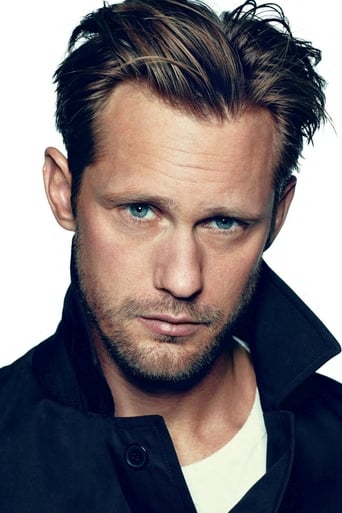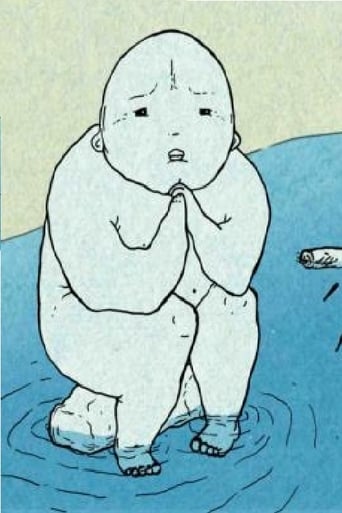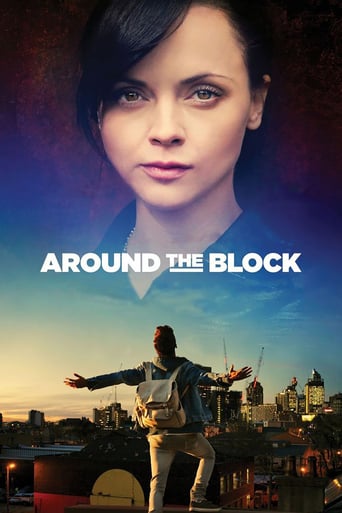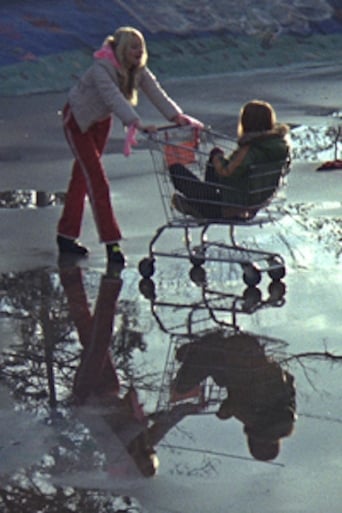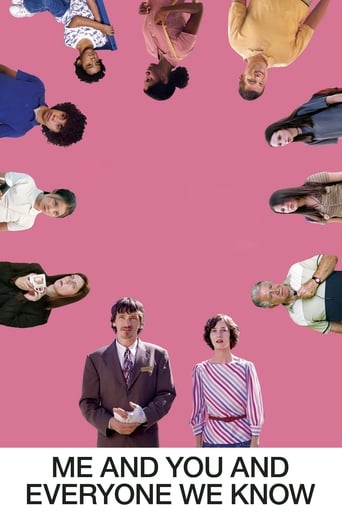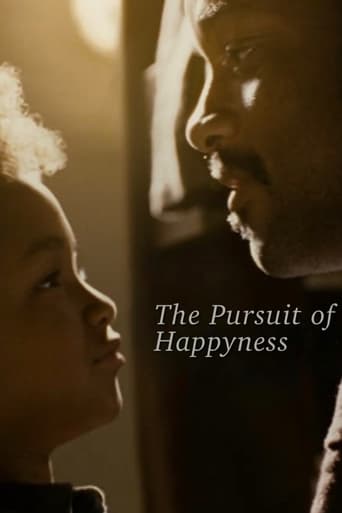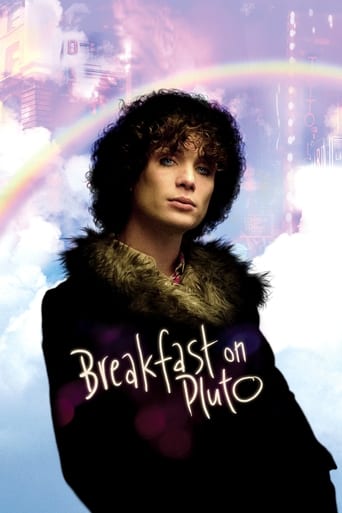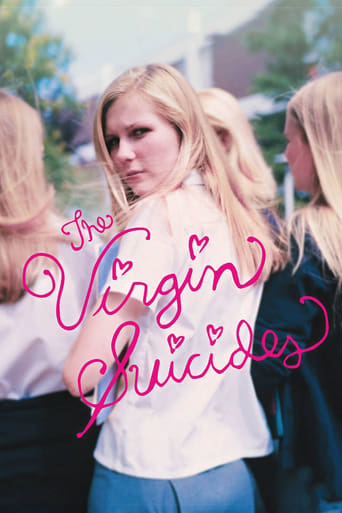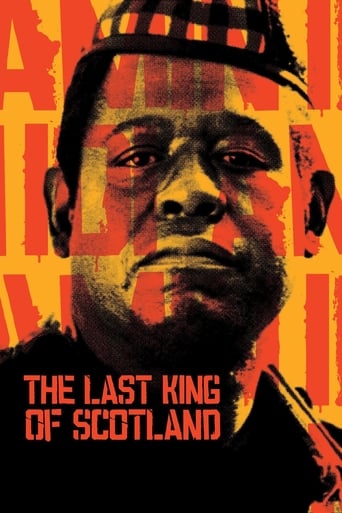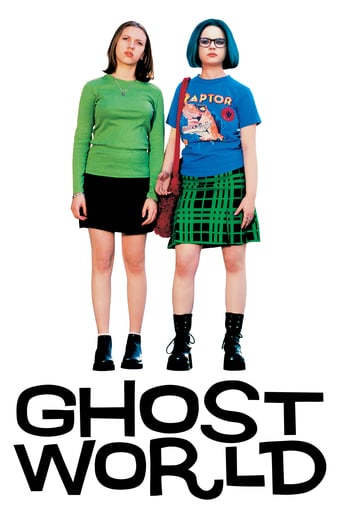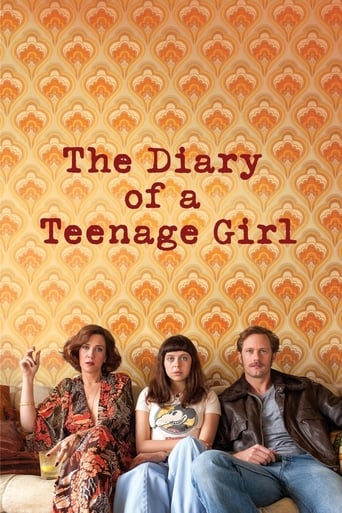
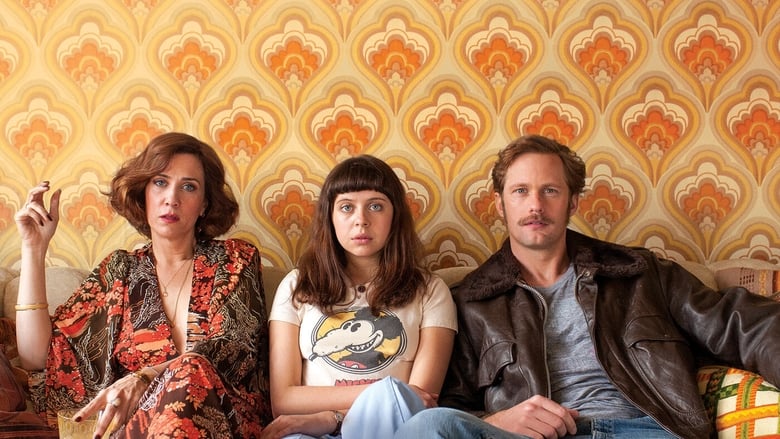
 Watch Now
Watch Now






The Diary of a Teenage Girl (2015)
 Watch Now
Watch Now






Minnie Goetze is a 15-year-old aspiring comic-book artist, coming of age in the haze of the 1970s in San Francisco. Insatiably curious about the world around her, Minnie is a pretty typical teenage girl. Oh, except that she’s sleeping with her mother’s boyfriend.
Watch Trailer
Cast


Similar titles
Reviews
In truth, there is barely enough story here to make a film.
This is one of the few movies I've ever seen where the whole audience broke into spontaneous, loud applause a third of the way in.
what a terribly boring film. I'm sorry but this is absolutely not deserving of best picture and will be forgotten quickly. Entertaining and engaging cinema? No. Nothing performances with flat faces and mistaking silence for subtlety.
Great story, amazing characters, superb action, enthralling cinematography. Yes, this is something I am glad I spent money on.
In many ways a period piece, this indie film captures a very special time period in San Francisco, a time when counterculture flourished and withered, people experimented and abused all kinds of substances, and teen artist Minnie experiences a lot of firsts, in the eternal search for acceptance, love, and a sense of purpose.In spite of a brave, earnest, and raw performance by a deliberately exposed Bel Powley, very believable as a teenager in the aforementioned period, and of a subtle, nuanced and understatedly magnetic one by the great Alexander Skarsgård, this movie falls short because its characters are sadly just a bit too immature, selfish, and unlikable.While that sounds very much like the typical description of the stereotypical youth, it remains nonetheless a major fault in the script how unsympathetic Minnie is throughout, with no real point of self-reflection or regrets over some of her actions, refusing to deal with the consequences of even her more heinous ones.Surrounded by egotistical, likewise emotionally stunted, at times manipulative adults, it may be no wonder that the main character is unable to learn or grow much, but the level of navel-gazing is still a bit too grating, with the protagonist of this clearly autobiographical story experiencing life events without any sort of moral compass whatsoever.The film drags towards the end, perhaps because of the fragmented, increasingly hazy way the story is told as the movie progresses, but also because by then we care very little about the fate of the different characters. Though this intimate film does hit some high notes in terms of mood, acting, and cinematography, the end result is unsatisfying. (+) The reconstruction of 70's San Francisco is very well done. Some of the scenes really hit the point. Mood and color palette also well done.(-) Unsympathetic characters, starting with the amoral, self- centered protagonist, doom the movie.
Set in San Francisco in the mid-1970s, first-time director Marielle Heller's The Diary of a Teenage Girl looks at life from the perspective of a fifteen-year-old girl growing up absurd in an environment that provides little to no emotional support or guidance. Written by the director and based on the graphic novel by Phoebe Gloeckner, the film was the winner of the Grand Prix (Generation 14plus) at the Berlin Film Festival and was nominated for a Grand Jury Prize at Sundance. Minnie, in a remarkable performance by British actress Bel Powley ("A Royal Night Out"), is a confused and troubled teenager who lives with her divorced mother Charlotte (Kristin Wiig, "Welcome to Me") and her younger sister Gretel (Abby Wait).It is an environment that seems to be modeled after media notions of the San Francisco hip culture of the sixties, though, in reality, there was very little counter-culture left in San Francisco by the mid-seventies. Powley captures Minnie's innocence and personal appeal as well as her more manipulative moments, and manages to portray her as likable in a sea of unsympathetic characters. A talented comic book artist, Minnie speaks into a tape recorder in her room to journal her quest for a meaningful relationship, but the tapes are filled with self doubt and feelings of isolation that threaten to morph into self-loathing.The film opens when Minnie proudly announces that she's just had sex for the first time. Her sex partner, however, is her mother's 35-year-old boyfriend Monroe (Alexander Skarsgard, "The Giver"), who freely enters into the relationship with the teenager, mindless of any ethical or legal concerns. Minnie is definitely not an innocent victim and Monroe is not a predator, but both act like emotional adolescents who are caught up in the moment and seem powerless to extricate themselves. Minnie's continued sexual relationship with Monroe enhances her self esteem and she has a stake in keeping it going regardless of the danger that her mother will find out.The only real friend she has is Kimmie (Madeleine Waters) who brags of many sexual conquests herself and Minnie feels comfortable in confiding in her details about her affair with Monroe and other experiments that include different types of relationships with both men and women involving drugs and prostitution. Unfortunately, Minnie keeps coming back to Monroe who has by now become a sad character. The Diary of a Teenage Girl is an honest film that presents the characters and situations as they are without judgment or evaluation.Yet while it does not judge its characters, it closes its eyes to morally dubious behavior, not commenting on Charlotte's outrageous invasion of her daughter's privacy when she listens to her private tape recordings which reveal the extent of her relationship with Monroe, or addressing the question of a parent's responsibility to provide emotional support for a an emotionally fragile teenager, regardless of the environment in which they are living.While Minnie and Monroe go through the motions of self-reflection, ultimately there is little substance to their quest for self understanding. There is only an emptiness inside that the film touches on but hardly explores and leaves us with a sense of unfulfillment. Minnie tells her friend that Monroe has gone to participate in the EST Training in Sacramento which she describes as a self-improvement seminar. That is the last we hear of it, however, and we never see any positive results from Monroe's experience or that it in any way had touched his life. The only results that Monroe reports are that during the weekend he was arrested for drunk driving.The message of the film is about the importance of loving yourself before you can love others and Minnie takes a long road towards that goal but female empowerment should not only be about sexual awakening but about integrity, taking responsibility for your life, awakening to the beauty and mystery of life, becoming involved in things larger than yourself. Given the emotional vacuum in which Minnie lives, there is nothing to indicate that any lessons have been learned. Ultimately, this is a film that displays the forms of self-awareness but lacks its substance.
You are definitely watching 102 minutes of child abuse. In many scenes it's portrayed graphically, but from beginning to end child abuse makes up the content of the story. To Bel Powley: Why no teenage girls need to see a movie where there's underage sex and sexual assault? Where they see you small ugly good for nothing breasts and bum and almost shots of your vulva? What will that to to the British female teenage group? Do you know? It will encourage them to do what you and your character did on screen. And then the government will have to try to stop it as well as society.We do not need film to educate us on how to love yourself, especially not after having sexual activity which is punishable by crime. We do not need a film to see your small, not sexy body or you to proclaim it is a taboo subject (there's so many ways to understand puberty and sex nowadays). We we do not need to say hey! See this film by bluffing your way or saying the film agencies rate it too high. It is just another "Fifty Shades of rape" film.
My, how times have changed. Here is fifteen year old high school student, Bel Powley, coming of age in 1970s San Francisco. It's La Dolce Vita, according to this movie. I mean, sex, drugs, rock and roll. Powley's mother, Kristen Wiig, has a handsome young boyfriend, Alexander Skarsgård. Powley teases him and finally seduces him, and they get it on until Mom finds out about the affair. There are a few minutes given over to deep loneliness and despair. Powley almost is entrapped in a heroin joint by a lesbian but pulls herself away in the nick of time, as they say, and finally returns to Mom at home.Throughout these incidents -- involving not just Skarsgard but a handsome class mate and two men who pay for BJs in a toilet -- Powley has nothing on her mind but sex. Not marriage and a home. Not yet. Her values are entirely organoleptic. She is obsessed with being touched and banged. The F bomb is liberally distributed throughout the story. This is very much different from my own childhood years in a working-class suburb of Newark, New Jersey, a generation or so earlier. It was easy to coast through Hillside High School without ever discovering what a female breast felt like. Where were the Bel Powley's when we needed them, hey? O tempora, or mores! It isn't a Lifetime Movie though, not a soap opera, and it can hardly be called a domestic drama. The device of having Powley narrate the story into a tape recorder is a bit of a cliché but that's okay. It helps link the episodes together and Powley reads well enough. She's cast nearly perfectly. Not very pretty but not quite homely either, and shapeless rather than chubby. Her voice has an endearing crack when she tries to shout. The character is at that break point in the life course, a liminal state in which one enters adulthood without quite having outgrown childhood. For kicks, Powley and her girl friend jump up and down on the bed and sing songs. Between BJs, that is.But then all the performances are better than might be expected. As the uncertain mother on the hedonic treadmill, Krisen Wiig registers as savvy. As the seduced, Skarsgard ought to know better. Powley is fifteen. Groucho Marx used to refer to girls that age as San Quentin Quail, and Errol Flynn wound up in a scandalous affair leading to his trial as a rapist for doing what Skarsgars does to Powley. Except, of course, with Flynn being what he was, there were two teenage girls, not one.Yet this isn't a trite movie, with Skarsgard as the Humbert Humbert of the piece. Skarsgard's character is impulsive but has adult sensibilities and is generous with his compassion. He gives a fine, thoughtful performance. The direction too is whimsical but very engaging. There are episodes that are done as cartoons resembling Crumb's. The camera doesn't wobble. The cuts don't take place until the heft of the scene is absorbed by the viewer.The city is a scenic place, a tourist mecca, but it isn't milked for its glamor. And its atmosphere is nicely captured by the director, Marielle Heller. I was living there at the time this story takes place and loved its go-to-hell raffishness. Pot plants grew in the windows. Somebody was running for mayor -- a garishly made-up transvestite dressed in a nun's habit but with a tiny skirt and fishnet stockings. Name on the ballot: Sister Boom Boom.




